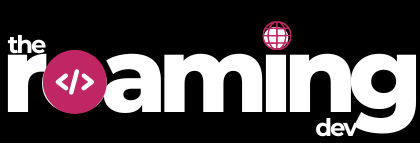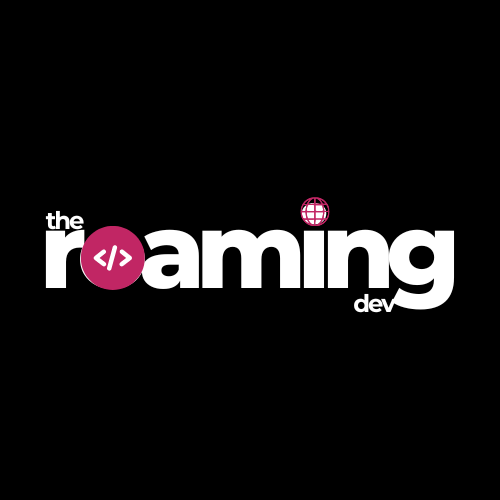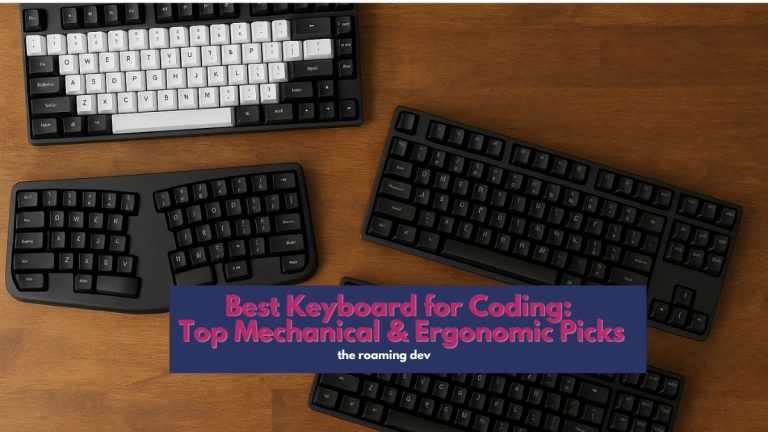Disclaimer:
This website participates in the Amazon Services LLC Associates Program, an affiliate advertising program designed to provide a means for sites to earn advertising fees by advertising and linking to Amazon.com. As an Amazon Associate, we earn from qualifying purchases made through the links provided on this website. This does not affect the price you pay for products.
We only recommend products we genuinely believe will benefit our audience. Our opinions are our own, and we are not influenced by the companies we affiliate with.
Choosing the best keyboard for coding is one of the most important decisions, but most people often overlook it.
It is more important than you may think. In any case, you are going to punch it for countless hours. So, you deserve something that is comfortable and accommodates your needs. S
ure, basic keyboards may work, but they don’t prioritize comfort and other features that will help you improve your productivity. They also don’t offer much in terms of ergonomics.
One of the best options for programmers is mechanical keyboards. It is almost impossible to beat the tactility, great looks, and durability of a mechanical keyboard.
These keyboards also offer more customizability, better performance, and a better typing experience. But there are several varieties of themes from different brands.
To help you find the best keyboard for coding, we have analyzed several keyboards and picked the top mechanical and ergonomic options.
After a few rounds of testing, we were able to pick the very best. We have also included some new models that are worth considering. So, let’s dive in.
The Best Keyboards for Coding
1. Keychron V6 Max
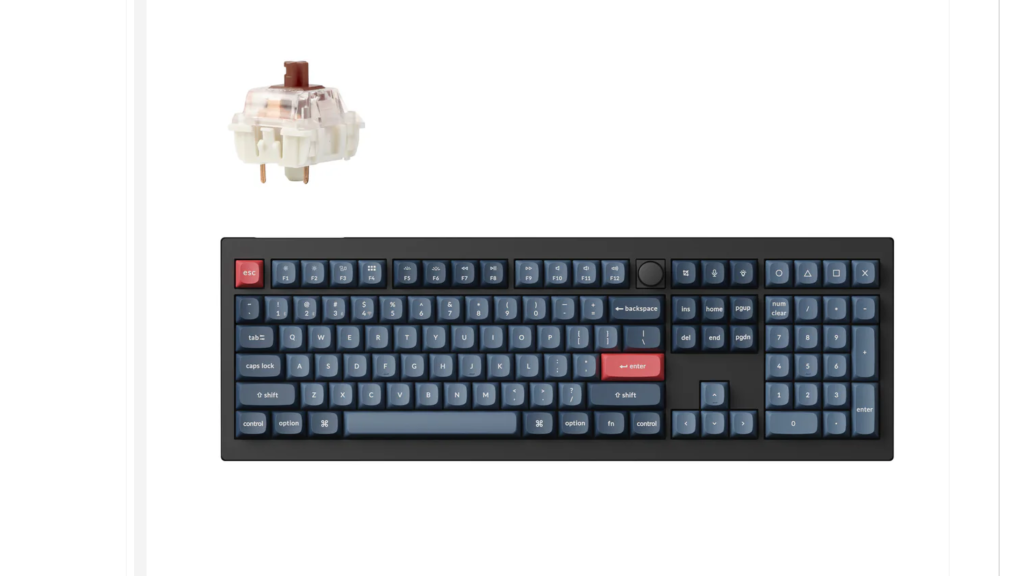
The full-size Keychron V6 Max stands out because of its quality. We believe it is the best keyboard for coding because it has durable PBT keycaps, sturdy cases, and smooth lubricated stabilizers.
It also boasts several fancy features that are typically associated with high-end models, including hot-swappable switches, RGB backlighting, full programmability, and wireless connectivity.
The keyboard also has keycaps for Mac and Windows, and swapping between these two operating systems is straightforward.
Pros
- Hot-swappable
- Great looks and quality build
- Brilliant to type on
- Lovely, well-insulated sound
- Variety of configurations
Cons
- VIA remap software is a little janky.
Price: $119
2. Nuphy Gem80
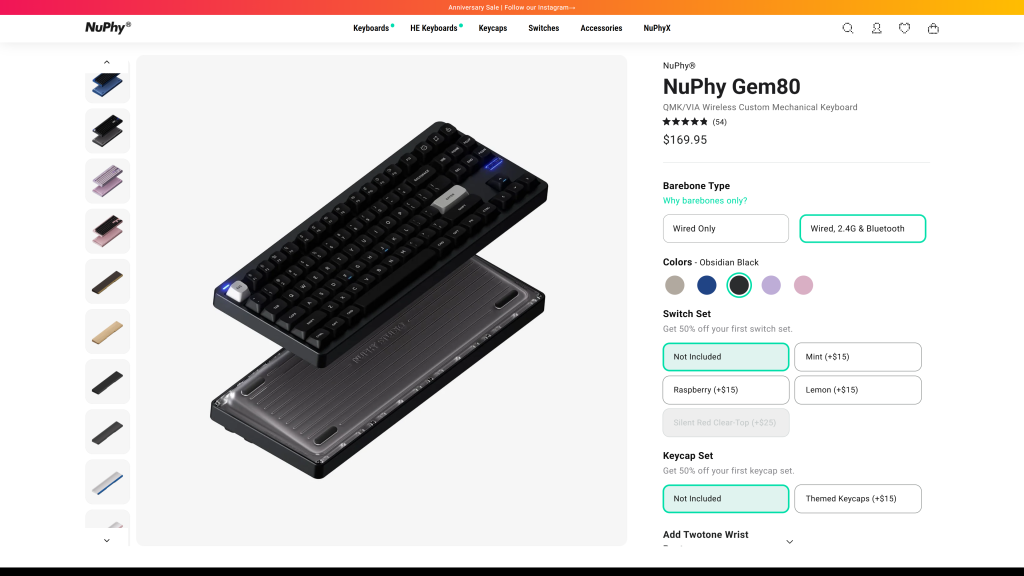
The Nuphy Gem80 is the best TLK (tenkeyless) on the market.
This customizable keyboard has a board built from a thick slab of polished aluminum.
It is also reasonably priced, with the only extra cost being $15 for each switch and keycaps if you don’t have them.
We also ranked it as the best keyboard for coding because of its incredible features.
Pros
- Stylish design
- Excellent typing quality
- The board feels sturdy.
- Great sound and feel
Cons
- No pre-built options available.
Price: $169.95
3. Keychron Q11
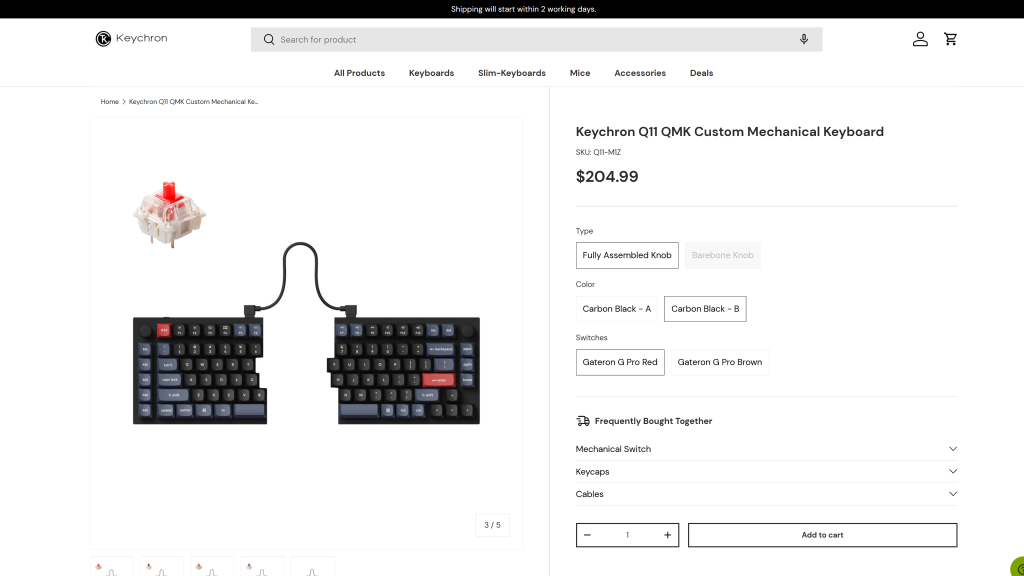
This is another fantastic Keychron keyboard for programming.
It may not be the absolute best keyboard for coding on the market, but it is a rare combination of split ergonomic design and flexibility in customizing key switches.
So, any coder out there who wants to customize all aspects of their split keyboard will love everything about the Q11.
Some may also love the Keychron Q11 because of its attractive color scheme and a unique jigsaw-puzzle split down the middle.
Unfortunately, it lacks some premium features that are associated with modern ergonomic split keyboards. The Q11 doesn’t come with angled feet and a wrist rest. The latter is sold separately, adding up the cost.
Pros
- Multiple programmable macro keys
- Compatible with the VIA app
- Attractive color scheme
- Comes with two rotary knobs, one for each half of the keyboard.
Cons
- It is expensive.
- Lacks angled feet
Price: $204
4. Royal Kludge RK61
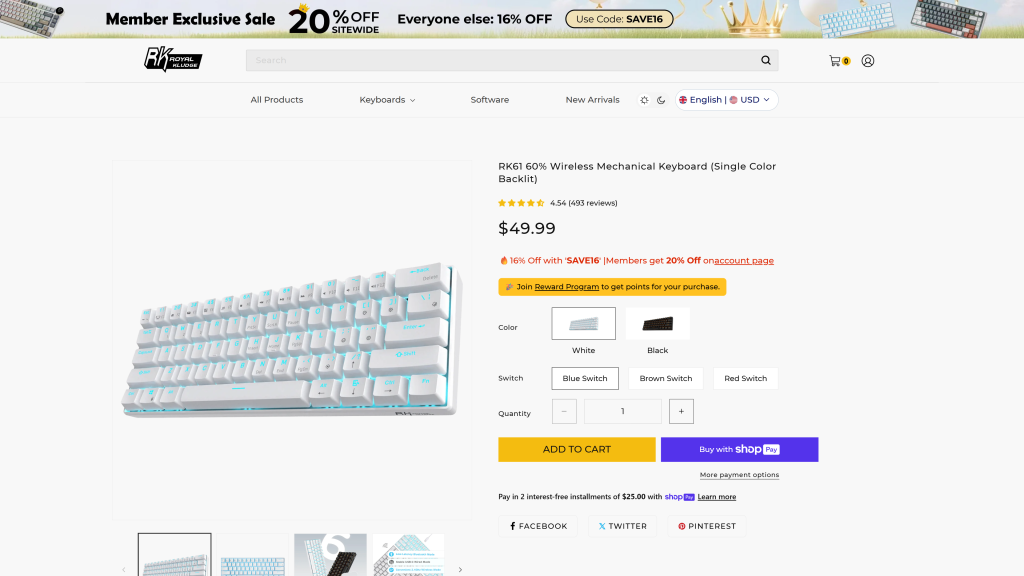
If you are seeking a cheaper alternative to the above keyboards, then the Royal Kludge RK61 is a dependable keyboard for coding.
It is not only affordable, but it is also wireless and smart enough to carry around.
The good thing about this keyboard is that it is a hot-swappable PCB. This means that you can easily replace the stock switches with your preferred ones.
On top of that, it is so versatile that it can support three devices simultaneously through Bluetooth.
Having said that, the Royal Kludge RK61 also has its shortcomings.
The compact sets don’t have a dedicated function row and arrow keys.
So, it can be a deal breaker if all your workflow relies on such keys. Its battery life is also on the lower side and can max out at around 10 hours.
But the good thing is that it comes with a USB-A to USB-C charging cable, enabling you to use it while charging.
Pros
- Compact design
- Excellent build quality
- Bluetooth support for up to three devices
- Brown switches feel great.
Cons
- Typing may feel tiring because there is no wrist rest.
Price: $49.99
5. Keychron Q1 Max
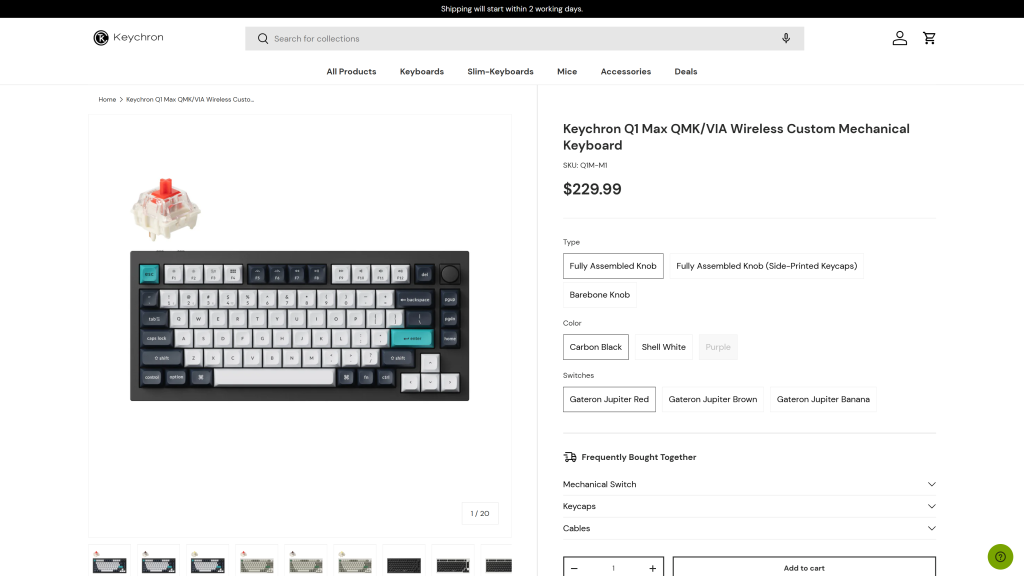
This is another premium keyboard with a full aluminum chassis and gasket-mounted plate.
The keyboard can connect either via 2.4 GHz wireless connectivity or Bluetooth. In addition to this, it comes with hot-swappable switches and VIA compatibility.
So, if you are looking for something fancier than the V series, then the Q1 Max will be an ideal upgrade. This keyboard has several nice features for a much nicer typing experience.
Overall, it is sturdy thanks to the aluminum chassis with a built-in volume knob that improves typing experience.
Pros
- Excellent build quality
- Hardware and software customization
- Traditional layout without odd shapes or surprise keys
- Can connect up to five devices simultaneously.
Cons
- Costly, which may drive users to try other models
Price: $229.99
6. Kensington Pro Fit Ergo Wireless Keyboard
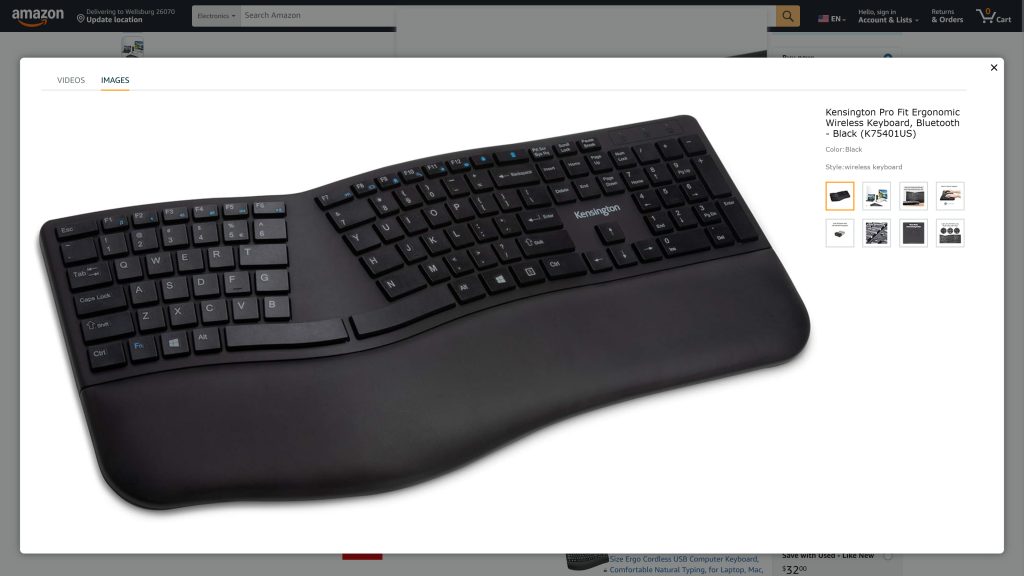
If you are looking for the best keyboard for coding under $60, then this one will work for you.
Though a budget keyboard, it feels much more premium. Its membrane keys are surprisingly springy, while the low-profile keycaps make it easy to type.
Apart from this, there is the wrist rest that keeps the back of the wrists straight. They are also comfortable enough not to put pressure on your tendons.
The best thing about this keyboard is that you can connect it to your Mac or PC via radio dongle or Bluetooth. The battery is also superb.
In fact, the LED indicator for the rechargeable battery stays active for a month.
Pros
- Affordable
- Large built-in wrist rest
- Bluetooth and 2.4 GHz connectivity support
- Reverse tilt
- Impressive battery life
Cons
- Lack of USB wired connectivity option
- Chiclet keys feel a bit squishy.
Price: $56.95
7. Epomaker TH80 Pro
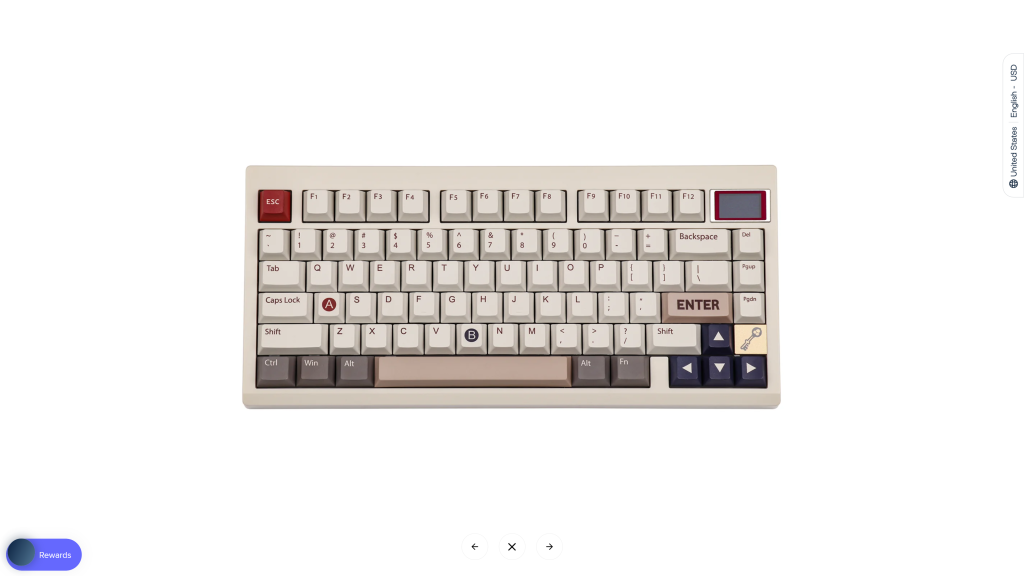
The Epomaker TH80 Pro is among the well-equipped wireless mechanical keyboards.
The keyboard is affordable and customizable. We also love it because it has separate Mac-specific keycaps in the box.
Additionally, it also feels good to type on and supports Bluetooth connections to up to three computers.
Like the Keychron Q1 and V1 Max, this keyboard is hot-swappable and has a volume knob.
Structurally, it has a plastic case and steel switch plate.
It may not feel as high-end as some Keychron models, but it has nice, crisp PBT keycaps in MDA profile, a cool typing feel, and smooth stabilizers.
Pros
- Great build quality
- Hot-swappable switches for more personalization
- Handy companion software
- Incredible battery life
Cons
- No secondary functions printed on keycaps
- Bluetooth connectivity is slow when waking.
Price: $99.99
Choosing the Best Keyboard for Coding
Finding the right ergonomic keyboard for coding will depend on several factors, including your personal preference. Here are the main ones:
- Alice vs. split: Ergonomic keyboards can be either split or unibody (Alice). The latter is a single board with two halves of keys that rotate 30 degrees apart at the bottom. Split keyboards, on the other hand, break the keys into two separate parts that you can position individually.
- Tenkeyless: Some mechanical keyboards come without the number pads. Without these keys, you can keep the mouse closer in, thus minimizing the overall reach. But if your project involves working with numbers, then you will want the pad included.
- Tenting and negative tilt: Tenting raises the middle section of the keyboard so that your hands are almost in a handshake position. Keyboards with this optional lift at the back allow for easier typing. Negative tilt has the opposite effect, as it slopes in the other direction, lowering the top number keys and also raising the edge with the space bar.
- Programmable keys: With a few exceptions, a majority of modern ergonomic keyboards will work with your Mac or PC as a standard typing input. However, you can adjust this to use functions and hotkeys, which requires some remapping or programming of the keys to suit your style.
Frequently Asked Questions (FAQs)
QWERTY is probably the most widely used keyboard layout globally.
Most programmers from English-speaking countries are more familiar with this layout.
They are also trained on QWERTY.
When compared to scissor, membrane, or butterfly keyboards, mechanical keyboards come out as easy to repair, more resilient, and come with discrete switches under each key.
The good thing with mechanical ergonomic keyboards is that they are ergonomically built to fit you.
Put simply, you don’t have to modify yourself to fit the keyboard.
The best keyboard for coding will likely be a tenkeyless (80%, 87-key) keyboard.
The reason is that these keyboards tend to balance between compactness and functionality.
Final Thoughts
If you spend most of your day typing or coding, then investing in the best keyboard for coding is ideal.
Nowadays, programmers prefer mechanical keyboards, and for good reasons.
They are more comfortable and offer more customizable upgrades than the shallow, drab keyboard that came with your computer.
These keyboards provide the best typing experience and offer a ton of extra features at a reasonable price.
Also Read:
